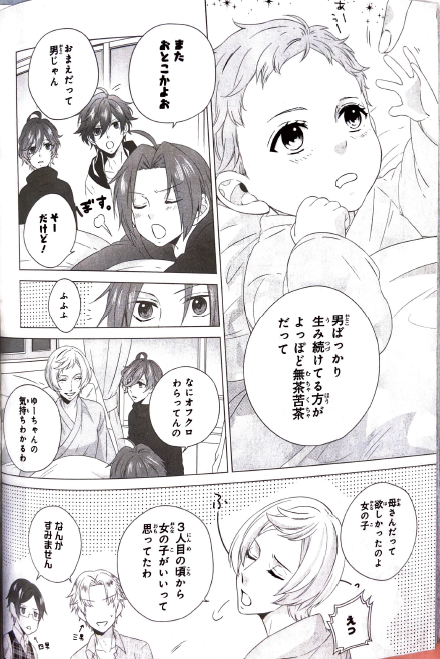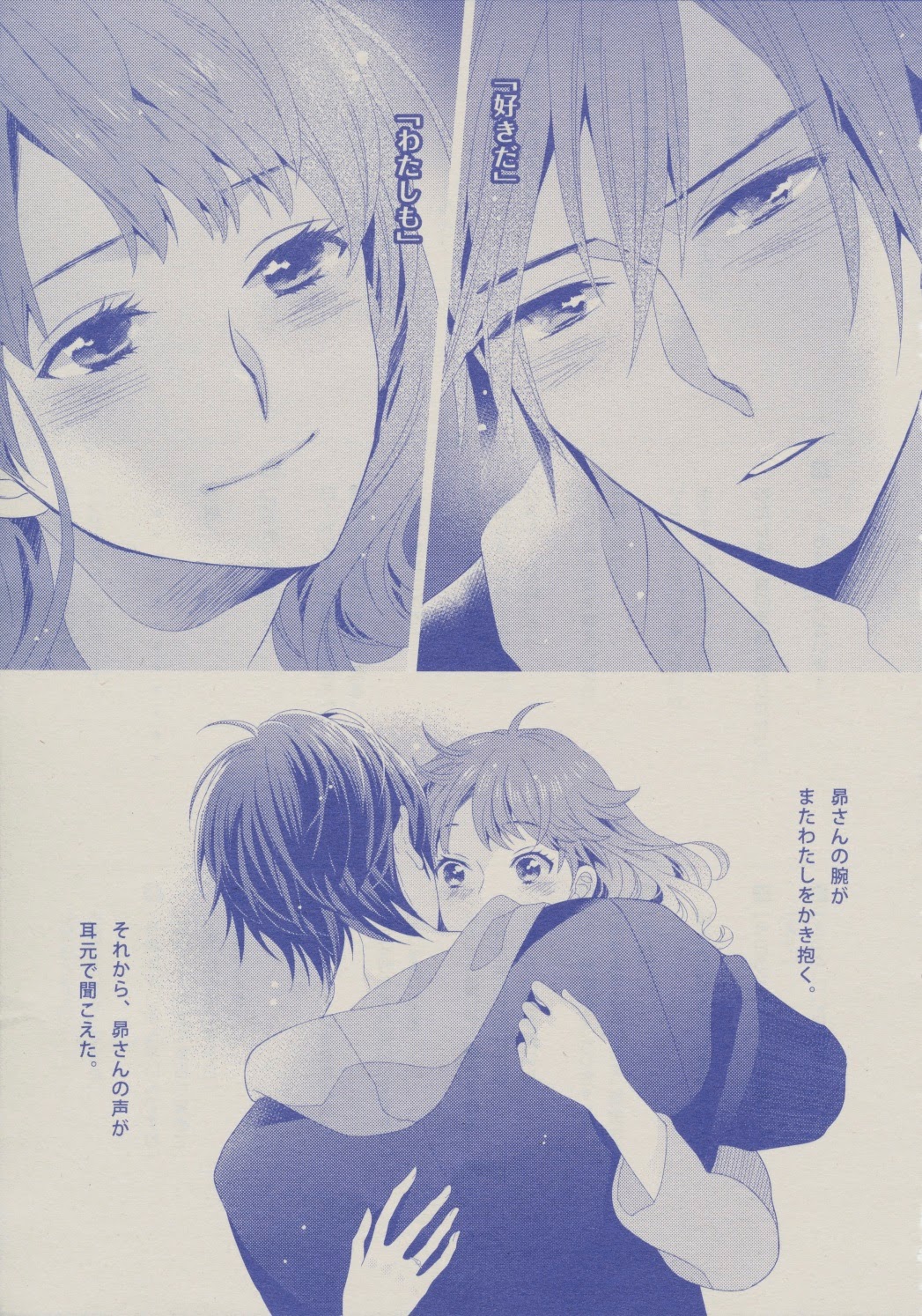

The animated Holden appears and reappears at Somerset House, both as curator of the exhibition and of Beanotown’s Museum of Modern Art, where actual Beano-esque art works by real artists are on display, overseen by cut-out museum guards.īash Street Kids, 1982. His hand-drawn Toontown double first appeared in his marvellous hour-long 2017 animation Laws of Motion in a Cartoon Landscape. And here comes that famous art critic, yours truly, flouncing in on the back of a swan. Good lord, there’s art dealer Larry Gagosian, Damien Hirst and Gilbert and George.

Holden has encouraged the Beano’s artists and story-writers to include various denizens of the art world in the comic’s strips, produced specially for this exhibition. The comic strips in Beano are all about railing against authority, and Holden, like Picasso, sees anarchic wilfulness and disobedience as the keys to creativity. The Art of Breaking the Rules, at Somerset House, is a thoroughgoing homage and exploration of the world of the Beano comic (which first appeared in 1938 and is still going strong) its influence on art and popular culture, and its place in the psyche of anyone who has ever picked up a copy over the last 80-odd years. Or, rather, an Aaaarrghhh!! moment, accompanied by a shout – I am in the Beano! This is my biggest accolade, compared to which my various real-life embellishments – the fellowships and honorary doctorates, the critic of the year badge I never got, the Golden Lion at Venice I secretly yearn for – are but the merest gimcrack baubles.Ī visitor looks at an artwork by founding member of The Specials Horace Panter – a reworking of David Hockney’s 1967 painting A Bigger Splash. The situation is worthy of one of those metafictions by Jorge Luis Borges or Paul Auster. “We’ve already written your review,” Holden tells me, pointing at my cartoon self, deliberating on the wall. Drawn by the Beano’s Nigel Parkinson, my all-too-recognisable cartoon avatar has been inserted into the storyline of a Beano strip, reviewing the very exhibition I now find myself standing in. Thanks to the Beano, and artist and curator Andy Holden, my carefully constructed critical persona has been for ever ruined. The public expects certain standards, and a degree of aloof hauteur from the arbiter of taste – it adds gravitas and readers like a touch of disdain it gives one’s judgments that extra little bit of critical oomph.īut what if the critic has somehow found themselves on the streets of Beanotown? The artist I’m up against is Dennis the Menace, straight out of the pages of the comic. Keep up to date and don’t be late, and wear black at all times. Declare any conflicts of interest (no conflict, no interest, I always say). Don’t get too intimate with artists, especially not dead ones. In the end, the world doesn't change nearly as much as Eren thought it would (humanity is still in conflict), and the character's arc will likely be debated by fans for years to come.W hat should a critic do? I’m sure there must be rules: don’t take backhanders from galleries.

However, in a vulnerable moment in his vision with Armin, Eren breaks down to that same boy we saw at the start of the series, admitting he really wants to live and be with friends and have a loving relationship with Mikasa. He hoped it would make Paradis Island's "Devils" into heroes, and show how humans working together can stop annihilation. We saw Mikasa's vision in Chapter 138 - but the final chapter meeting between Eren and Armin reveals that Eren is not the hardened villain he pretended to be.Īs it turns out, Eren carried out The Rumbling in order to force his friends and foes to band together and save humanity.

However, the final chapter of Attack On Titan reveals that Eren "visited" Mikasa and Armin earlier, during their boat trip to catch up to Eren and The Rumbling. Eren Jaeger dies after Mikasa severs his head from inside the mouth of the Founding Titan.


 0 kommentar(er)
0 kommentar(er)
